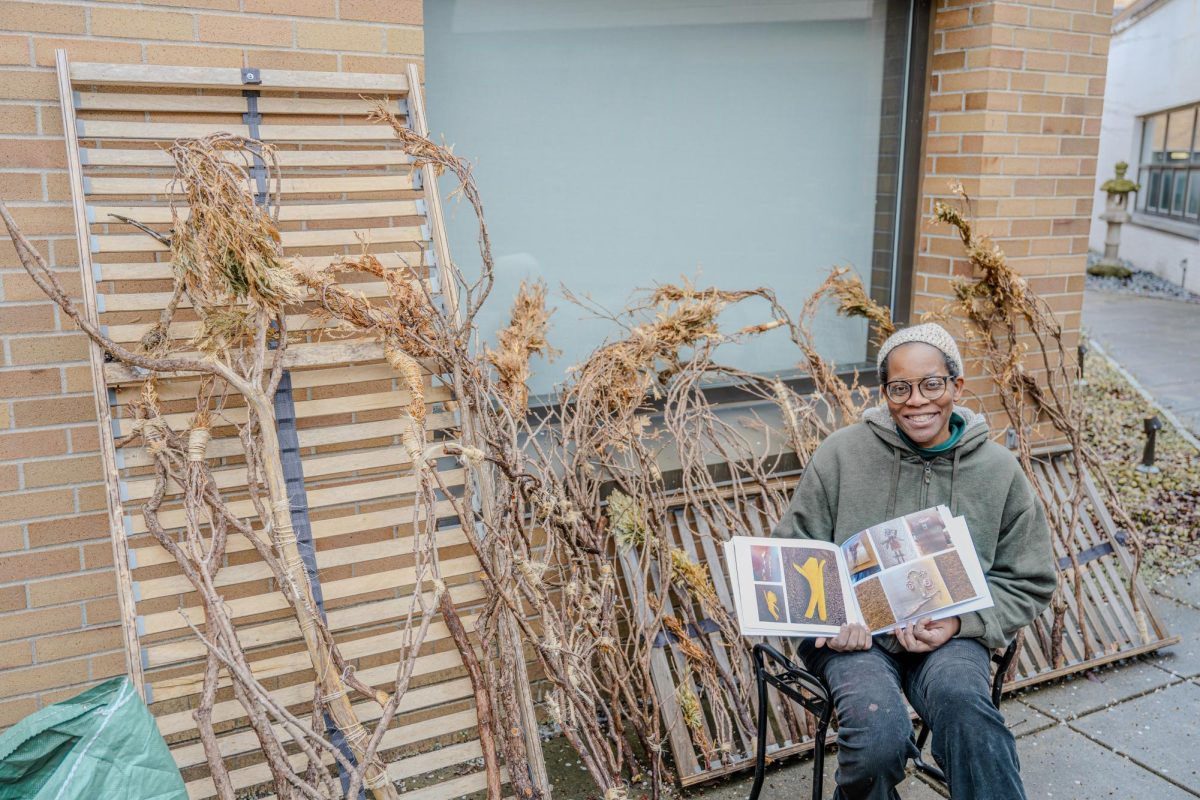(MCT) – The sight of a blossoming tree or flower bed usually signals the arrival of the spring and summer seasons. But it means something more for people with seasonal allergic rhinitis, more commonly known as “hay fever.”
Microscopic airborne pollens from flowering plants and microscopic mold spores can trigger painful and violent sinus reaction, and increase symptoms – sneezing, congestion, runny nose and itchiness in the nose, mouth, throat, eyes and even ears.
In the late summer and early fall, ragweed pollen – such as from sagebrush, pigweed, tumbleweed – go into action, and prolong the grief for outdoor allergy suffers.
A wide variety of over-the-counter medicines have been developed to help hay-fever suffers cope with the effects created by pollen and molds. But, there are also several other steps a person can take to help reduce exposure to these irritants:
– Keep windows closed at night to prevent pollens or molds from floating into the home. Air conditioning cleans, cools and dries the air.
– Pollen is usually emitted from plants very early in the morning, so limit outdoor activity during that time.
– Stay indoors when the pollen count or humidity is high, and on windy days when dust and pollen are kicked up and spread easily.


















